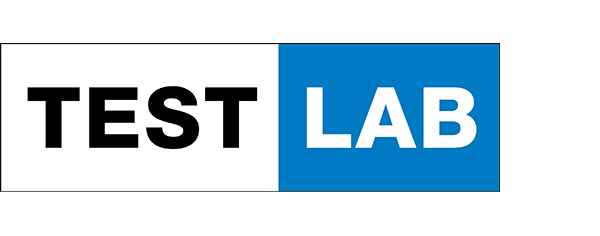CROWD
While the drivetests and walktests focus on the maximum possible performance in the networks, the crowd analyses show to what extent this performance is received by the users.
The crowdsourcing discipline also presents the same ranking as in the voice and data categories – proving that the results of our drive and walk tests correlate with the level of performance that actually reaches the individual users.
When it comes to broadband coverage – i.e. the question of where 4G or 5G is available in the first place – the three German network operators are close to each other. Telefónica leads here by a thin margin, ahead of Telekom and Vodafone. The quality of broadband coverage, which indicates the ratio of “evaluation areas“ (“EAs“) with 4G/5G reception compared to all EAs covered by a provider, is again highest for Telekom – ahead of Vodafone and Telefónica. The same ranking is also evident when looking at the “time on broadband“ – the proportion of time in which the customers of the three providers had 4G/5G reception.
In terms of data rates, Telekom takes the lead in all subcategories, followed by Vodafone and finally O2. This hierarchy can be observed in all three speed categories – the gaps between Telekom and Vodafone are narrower in each case than those between Vodafone and Telefónica/O2. So, the gap becomes most obvious in the most demanding speed category “UHD Video“. The observed latencies are equal for Telekom and Vodafone in the basic OTT voice services class, closely followed by Telefónica/O2. The more demanding gaming class again brings the previous ranking to light.


